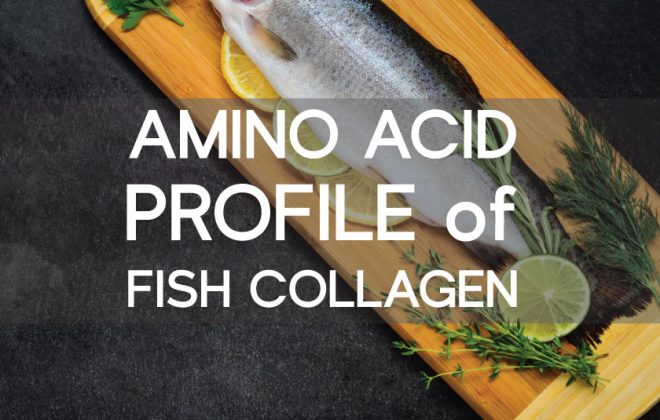4 Natural Cellulite Busters That Work
Cellulite, fat dimples, cottage cheese thighs, lumpy legs, orange peel skin… Whatever you call it, everyone hates it. Number one, it’s unpleasant to look at, and number two, it’s a sign of less-than-peak health.
For women, cellulite is most commonly found on legs, buttocks, and the back of the arms. For men, cellulite can appear around the midsection.
4 Root Causes of Cellulite:
- Increased body fat
- Fluid retention
- Aging or hormone imbalance
- Poor circulation
When you discover an increase in the appearance of cellulite, it’s an opportunity to improve your overall health and drastically. When the health issues are addresses, you’ll notice a drastic reduction in cellulite.
4 Natural Cellulite Reducing Tactics That Work
There are no miracle cures for cellulite, however, there are some expensive treatments that can temporarily and quickly reduce the appearance of it.
For the sake of this article, and real, lasting results, we want to combat the 4 root causes of cellulite.
Tactic #1: Cellulite Reduction Diet
While excess body fat is a major contributor to cellulite, this diet isn’t all about losing weight, even thin people have cellulite. In addition to keeping off excess fat, diet plays a critical role in in protecting our hormones and sensitive connective tissues (collagen and elastin) as well.
A Cellulite Reduction Diet Contains:
- High fiber foods:
Organic vegetables, organic nuts (not peanuts), organic berries - Clean proteins:
Organic meats, organic eggs, collagen protein - Potassium:
Organic coconut water, organic avocado, organic bananas - Essential Fatty Acids:
Pure omega-3 from fish oil or wild caught fish - Circulation and toxin-flushing boosters:
Pineapple, red cayenne pepper, papaya
The cellulite reducing diet works at keeping toxins at a minimum, discouraging inflammation, fortifying skin structure (collagen), while promoting healthy hormone and cardiovascular function.
“The results of the study demonstrated that a regular ingestion of [collagen peptide] over a period of 6 months led to a clear improvement of the skin appearance in women suffering from moderate cellulite” (3)
And by all means, avoid cellulite causing foods, such as, simple sugars, trans-fats, and refined grains that increase inflammation all over the body and promote fat storage.
Tactic #2: Reduce Sodium Intake
We could include this in the cellulite reduction diet, but it deserves special attention.
Our food is filled with all kinds of hidden sodium. If you eat out or eat pre-packaged meals, watch out! Even “diet” meals can be incredibly high in sodium. You could potentially eat 3 days worth of your recommended sodium intake in just one meal!
While sodium is necessary for health, too much is bad for your whole body, and is a major cause of fluid retention and contributor to the appearance of cellulite.
Tactic #3: Protect Your Hormones
While it’s clear that none of us are getting any younger, it should be mentioned that some of us are aging better than others. The answer is contained in our hormone health. Hormones play a significant role in the development of cellulite, but particularly estrogen, which is why cellulite appears more common in females.
Read: Hormone Balance Tips for Women
Estrogen deficiency affects the skin by degrading the collagen and elastin fibers, which contributes to the appearance of cellulite. When estrogen and progesterone decline, the function of the skin becomes impaired and is a precursor to cellulite development.

“The effects of estrogen deficiency on the skin connective tissue include a decreased production and topical content of both type I and III collagen and elastin fibers, which also contributes to cellulite.” (1)
Both women and men can further protect their hormones by taking the following steps:
- Avoid hormone-disrupting chemicals
In today’s age, there are too many to mention, but the top 5 endocrine disruptors (and easiest to identify) include parabens and sulfates in topical body products, phtalates and bpa from plastics, and pesticides and herbicides in food. - Follow the cellulite reduction diet
- Get regular exercise
For women over 35, a hormone balance supplement is a helpful addition to the diet, and prevents estrogen and progesterone deficiency that promotes an increase in cellulite.
Read: How is Your Hormone Health? A Test for Women
Tactic #4: Get Moving
Exercise
Interval burst training and strength training work best for burning fat, as well as improving circulation and muscle tone, and reducing fluid retention.
Hydrate and Tone with an Organic Topical
Get your subcutaneous skin layer moving with an organic, moisturizing rub. Rubbing the skin and muscle is a good way to increase circulation, in addition to exercise. Further, nourishing the skin with moisturizing and anti-cellulite ingredients can give you a boost when trying to get rid of cellulite.
There are many cellulite creams that claim to remove or cure cellulite, but they’re usually expensive, and not for any good reason. On top of that, they contains tons of chemicals! Organic grapefruit essential oil contains high amounts of bromelain, an enzyme, which assists in breaking up cellulite.
Homemade Cellulite Rub
Mix 1 cup organic coconut oil with 30 drops of organic grapefruit essential oils.Rub on problem areas once or twice per day for best results.

Amino Collagen C
Collagen peptide powder
Price: $34.95

Women’s Hormonal Balance
Safely and gently balances estrogen and progesterone
Price: $39.95

Norway Pure Omega-3
Triple-Distilled Fish Oil
Price: $32.95
Cites and References
- Prz Menopauzalny. 2014 Oct; 13(5): 298–304.Published online 2014 Nov 2. doi: 10.5114/pm.2014.46472 PMCID: PMC4520379 Cellulite in Menopause Marta Leszko
- Adv Nutr. 2013 May 1;4(3):368S-77S. doi: 10.3945/an.112.003533. Potassium and Health. Weaver CM1.
- J Med Food. 2015 Dec 1; 18(12): 1340–1348. doi: 10.1089/jmf.2015.0022. PMCID: PMC468548. Dietary Supplementation with Specific Collagen Peptides Has a Body Mass Index-Dependent Beneficial Effect on Cellulite Morphology Michael Schunck,1 Vivian Zague,2 Steffen Oesser,1 and Ehrhardt Proksch3






